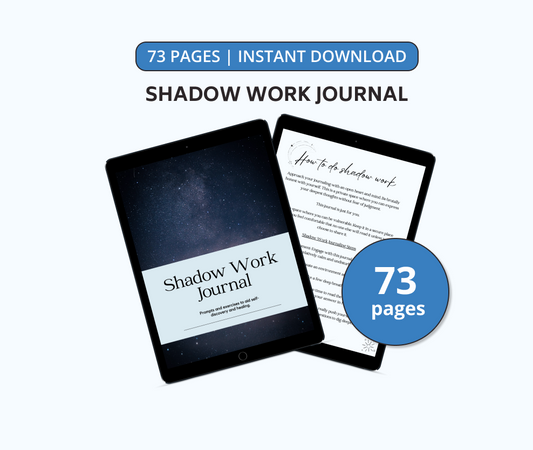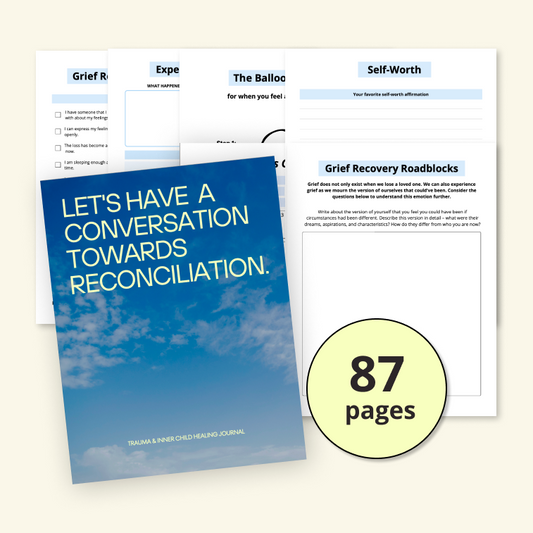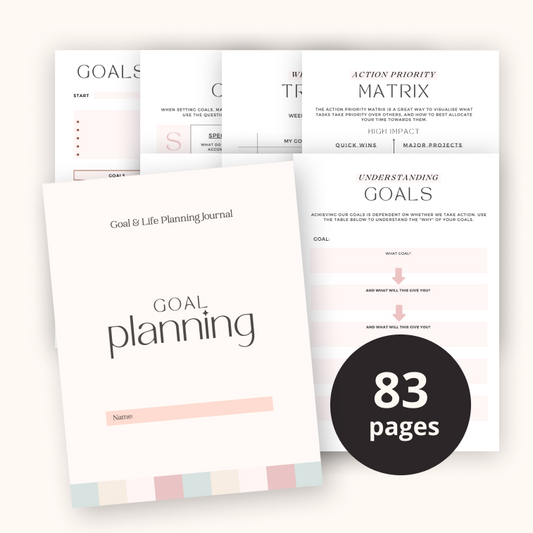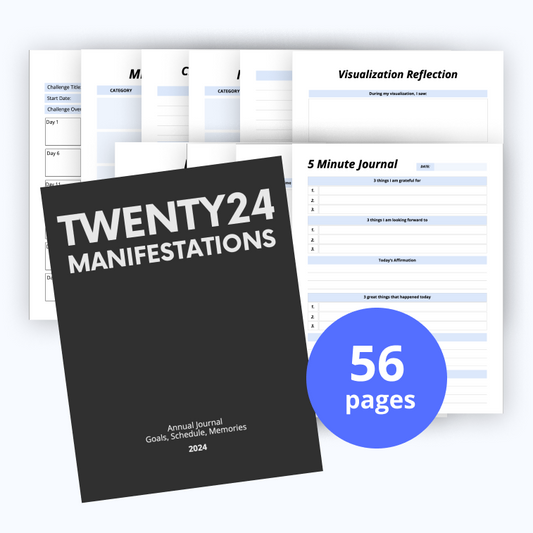Living with Post-Traumatic Stress Disorder (PTSD) can feel like exploring a labyrinth with no exit in sight.
You’re not alone in this journey.
Millions around the globe share this struggle, seeking ways to find peace and regain control over their lives.
It’s a path fraught with challenges, but with the right strategies, you can find your way through.
Understanding PTSD is the first step towards healing. It’s more than just a response to a single event; it’s a complex condition that can affect every aspect of your life.
But here’s the good news: with the right coping strategies, you can significantly improve your quality of life.
You’re about to begin on a journey of discovery, learning effective techniques to manage your symptoms and reclaim your sense of self.
Let’s jump into the world of coping strategies for PTSD, where knowledge becomes your greatest ally.
Understanding PTSD
Ever felt like your brain pulled a fast one on you, making you relive your worst moments when you’re just trying to enjoy a chill night?
That’s your brain on PTSD, a trickster that doesn’t know when to quit. Post-Traumatic Stress Disorder or PTSD, as most know it, can sneak up on anyone who’s had a rough time after a seriously bad experience.
Think of it as your mind’s overly protective bestie that’s stuck in overdrive, constantly reminding you of the dangers you once faced.
You might wonder, "Does PTSD affect me?"
If you find yourself wrestling with invasive thoughts, dodging sleep because nightmares are just waiting to jump you, or feeling like everyday sounds are out to get you, then it’s time we talk coping strategies.
Before diving into those strategies, understanding the beast you’re dealing with is key. PTSD isn’t a one-size-fits-all; it shape-shifts based on what you’ve been through.
Your experiences shape your symptoms, which means your path to feeling more like yourself is as unique as your fingerprint.
Let’s talk numbers for a sec.
Did you know:
- 70% of adults in the US experience trauma.
- 20% of those develop PTSD.
- 10% of women will develop PTSD in their lifetime.
Seeing these numbers, it’s clear that PTSD isn’t playing the shy card; it’s more common than many think.
Recognizing the signs is your first step in reclaiming your peace.
Symptoms often include flashbacks, severe anxiety, uncontrollable thoughts about the trauma, and nightmares.
Acknowledging your struggle is not admitting defeat; it’s gearing up for the battle ahead. And knowing that you’re not alone in this can be the backup you didn’t know you needed.
The journey toward coping with PTSD is precisely that — a journey.
There’s no express train out, but with the right tools and support, winding down those twisting paths can lead you to a place of strength and serenity.
Next up, let’s peek at some coping strategies that might just be the game-changer you’re looking for.
Seeking Professional Help
When PTSD’s got you feeling like you’re stuck in a loop of reruns of the worst day of your life, it might be time to tag in the professionals.
Just like you’d call a plumber for a leaky faucet, sometimes you need a specialist to handle the mind stuff.
And hey, there’s no shame in it.
Why It’s a Game Changer
Reaching out to a therapist or counselor can be the move that turns things around.
Here’s the deal: these folks are like personal trainers for your brain.
They’ve seen it all, heard it all, and they’ve got the tools to help you navigate through the fog.
Whether it’s talk therapy, EMDR (look it up, it’s like magic for trauma), or cognitive-behavioral therapy, the right fit can make a world of difference.
Finding Your Therapy Match
Finding the right therapist is a bit like dating – it might take a few tries to find "the one."
Start with recommendations from your doctor or friends who’ve been in your shoes.
Don’t forget to check their specialties; you want someone who gets the PTSD scene, not someone who thinks “trauma” is getting a bad haircut.
Affordable Care Options
Worried about the cost? You’re not alone.
But here’s some good news: many therapists offer sliding scale fees based on what you can afford.
Plus, with teletherapy being all the rage, you’ve got more options than ever. And for those rocking that budget life, local support groups and mental health apps can be super helpful (and friendly on the wallet).
The Power of Peer Support
Speaking of support groups, never underestimate the power of chatting with folks who just get it.
Sharing stories, tips, and maybe a few laughs can be super healing. Think of it as group therapy’s less intimidating, more chill cousin.
Don’t forget, walking the path of healing from PTSD is more like a marathon than a sprint. Taking the step to seek professional help is a sign of strength, not weakness.
So give yourself a pat on the back and take that first step; your future self will thank you.
Building a Support System
When you’re exploring the choppy waters of PTSD, it’s like being on a never-ending roller coaster ride — sometimes thrilling but mostly terrifying.
But here’s a comforting thought: you don’t have to ride it alone.
Building a solid support system can be your safety harness, keeping you secure even when the ride gets rough.
Reach Out to Loved Ones
First off, let’s talk family and friends. They know you, they’ve seen you at your best and worst, and they’ve stuck around.
Lean into that.
It might feel weird at first, whipping out your vulnerabilities like party tricks, but opening up can strengthen those bonds.
Plus, they can offer that priceless feeling of being understood and not alone in your struggles.
- Communicate openly about your PTSD. Help them help you by explaining what triggers you might have and what kind of support looks like to you.
- Set boundaries. If discussing certain topics makes you uncomfortable, let them know. Your comfort zone deserves respect.
Professional Support: It’s Okay to Ask for Directions
You wouldn’t try to fix a leaking pipe by watching a five-minute YouTube tutorial if you’re clueless about plumbing, right?
Same goes for your mental health.
Professionals are like the GPS for your recovery journey — they can help you navigate the tricky turns and avoid the potholes.
- Therapists are a biggie. They’re trained to help you process and deal with your experiences in healthy ways. Plus, they can teach you coping strategies that are customized just for you.
- Support groups. Sometimes, talking to others who’ve walked a similar path can be eye-opening. It’s reassuring to hear from people who truly get it. No judgment, just understanding and shared experiences.
The Wholesome Way: Plug into Positivity
- User-friendly. No tech wizardry required, we promise. If you can text, you can journal with us.
- Flexible. It’s your space, your pace. Write a little or a lot, at 2 PM or 2 AM. Your journal, your rules.
- Supportive. Packed
Engaging in Self-Care Activities
When tackling PTSD, wrapping yourself in a blanket of self-care activities isn’t just nice; it’s crucial.
Think of it as throwing on your favorite hoodie — it’s comforting, warming, and feels like a secure hug.
Let’s look at some straightforward self-care strategies that can help shore up your mental fortifications.
Exercise Regularly
You’ve probably heard it a million times, but there’s a reason why: moving your body works wonders.
It’s not about running marathons (unless that’s your jam), but finding activities that get you moving and make you feel good.
Whether it’s yoga, dancing in your living room, or just taking a brisk walk, exercise can significantly reduce stress and boost your mood.
- Benefits of Regular Exercise for PTSD:
- Reduces stress levels
- Increases endorphins, improving mood
- Helps with sleep regularity
Develop a Sleep Routine
Speaking of sleep, establishing a solid sleep routine is your next MVP. Poor sleep can make everything feel ten times harder.
Aim for 7-9 hours a night and try to go to bed and wake up at the same times every day.
Yes, that means on weekends too!
Creating a bedtime ritual, like reading or meditating, can signal to your brain that it’s time to power down.
Healthy Eating
Your diet plays a big part in how you feel. Loading up on fruits, vegetables, and whole grains can stabilize your mood and energy levels.
It’s easy to reach for sugar or caffeine when you’re feeling low, but these are quick fixes.
Think of your body like a car; you wouldn’t put the wrong fuel in it and expect it to run smoothly.
Find Joyful Activities
Last but not least, make time for activities that bring you joy.
Whether it’s painting, playing an instrument, or baking the world’s best chocolate chip cookies, engaging in hobbies can provide a much-needed distraction and bring a sense of accomplishment and happiness.
Incorporating these self-care practices into your routine can help manage PTSD symptoms and improve overall well-being.
Don’t forget, taking care of yourself isn’t selfish; it’s necessary.
Practicing Mindfulness and Relaxation Techniques
When you’re facing the daily challenges of PTSD, finding peace might seem about as easy as finding a quiet spot at a rock concert.
Guess what? Mindfulness and relaxation techniques might just be your VIP pass to inner calm.
Why Mindfulness Works Wonders
Mindfulness isn’t just a fancy word for sitting silently.
It’s about being completely in the moment, noticing your breath, thoughts, and feelings without judgment. Think of it like tuning into your favorite radio station, except the tunes are your own thoughts and feelings.
The cool part?
Studies show this practice can actually dial down the stress response and put the brakes on anxiety overdrive.
Easy-Peasy Mindfulness Practices
You don’t need a monk’s meditation space to get started.
Here’s how you can sneak mindfulness into your day:
- Take Mindful Breaks: Instead of scrolling through your phone during breaks, try focusing on your breath for a few minutes. It’s like giving your mind a mini-vacation.
- Mindful Eating: Turn off the TV and ditch the phone. Pay attention to the taste, texture, and aroma of your food. You’ll enjoy your meals more and might even find yourself feeling fuller faster.
- Walking Meditation: Walk and just focus on the act of walking. Notice how your feet feel as they hit the ground, the sounds around you, and the air on your skin.
Relaxation Techniques to Reduce Stress
Along with mindfulness, integrating relaxation techniques into your routine can make a big difference.
Here are a few to try:
- Deep Breathing: This one’s a classic for a reason. Deep, controlled breaths can help slow your heart rate and lower blood pressure. Think of it as a chill pill without the pill.
- Progressive Muscle Relaxation: Tense and relax each muscle group in your body, starting from your toes and working your way up. It’s like sending a "Please calm down" memo to every part of your body.
- Guided Visualization: Picture a peaceful scene in your mind, focusing on the details to take a mental vacation. It’s like daydreaming with benefits.
Incorporating mindfulness and relaxation techniques into your life isn’t just about managing PTSD symptoms — it’s about taking back control and finding joy in the everyday.
Start small, practice regularly, and watch as your world starts to change, one breath at a time.
Next Steps
Exploring life with PTSD is undoubtedly challenging, but it’s also entirely possible to find a path toward healing and peace.
By embracing mindfulness and relaxation techniques, you’re taking powerful steps to manage your symptoms and improve your quality of life.
Don’t forget, it’s about progress, not perfection.
Start small, be patient with yourself, and celebrate each victory along the way. Your journey to recovery is unique, and by incorporating these practices, you’re building a toolkit that empowers you to face each day with resilience and hope.
Keep moving forward—you’ve got this.




